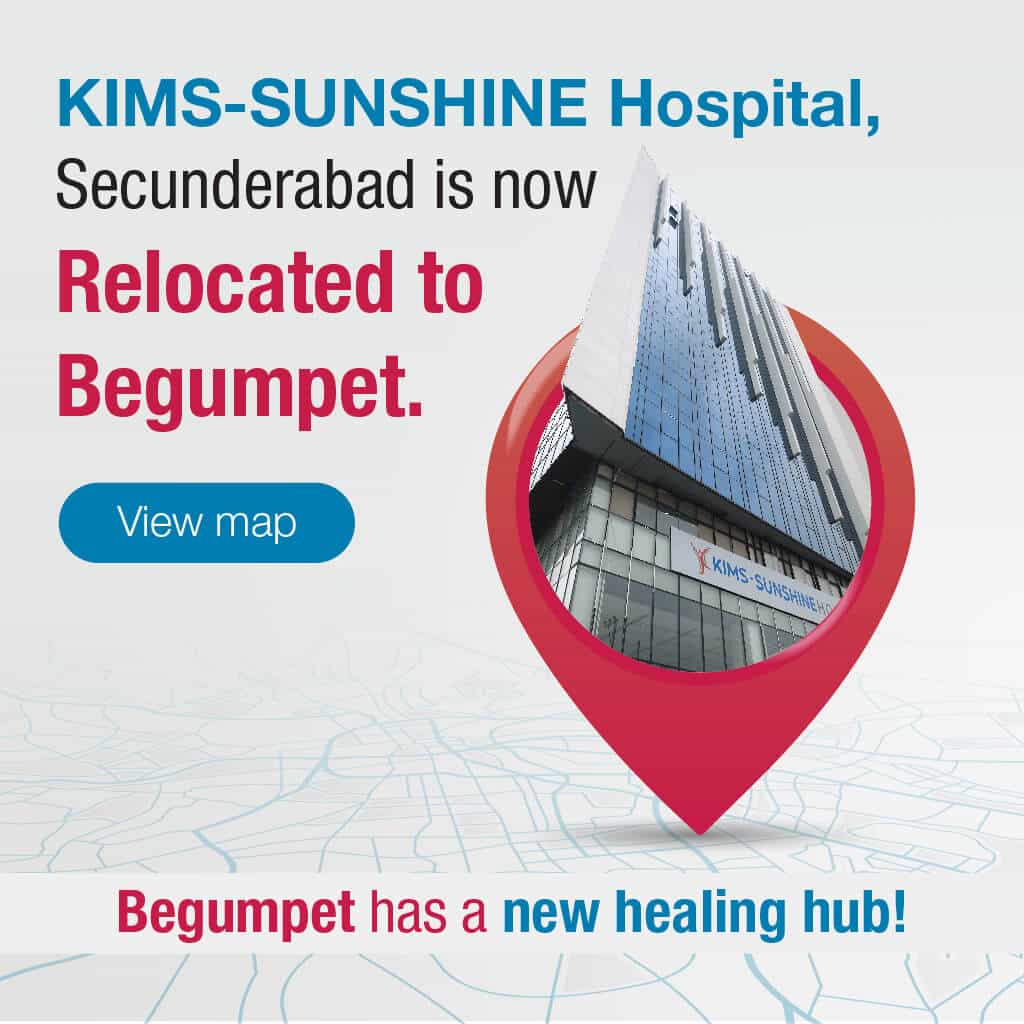Fractures
Explore detailed information on a wide range of diseases and conditions. Use our search bar to find expert insights, treatment options, and patient resources tailored to your needs.
Book an AppointmentOverview
A fracture occurs when there is a break or crack in a bone due to trauma, overuse, or underlying medical conditions. In India, fractures are prevalent among both urban and rural populations, often resulting from accidents, falls, sports injuries, or osteoporosis-related bone weakening.
Fractures go by a variety of names. Here’s a rundown of the common varieties that can happen.
- Greenstick. This is not a full fracture. A piece of the bone has cracked, forcing the opposite side to bend.
- ESegmental. The same bone has two fractures, resulting in a “floating” section of bone.
- Transverse. The break runs in a straight line across the bone.
- Comminuted. The bone has split into three or more pieces, and fragments remain at the fracture site.
- Spiral. The break spirals around the bone, as is frequent in twisting injuries.
- Oblique. The break runs diagonally across the bone.
- Compression. The bone was crushed. This makes the shattered bone appear larger or flatter.
AIt’s crucial to seek medical attention promptly if you suspect a fracture. Symptoms may include pain, swelling, deformity, bruising, or inability to bear weight on the affected limb. Our dedicated team of orthopaedic specialists provides expert evaluation, diagnostic imaging, and personalised treatment plans tailored to each patient’s specific fracture type and severity.
Whether managing simple fractures with conservative measures or performing complex fracture repairs, we are committed to restoring bone health and function, promoting rapid recovery, and minimising long-term complications.
Causes
1. Falls: Falling from a height or slipping can exert significant force on the bones, particularly in vulnerable populations such as the elderly. Hip fractures, wrist fractures, and fractures of the vertebrae are frequently associated with falls.
2. Automobile Accidents: Motor vehicle collisions can generate tremendous forces that impact the body, leading to fractures in various bones including the legs, arms, ribs, and spine. Seatbelts and airbags can mitigate but not entirely prevent these injuries.
3. Sports Injuries: Athletes are at risk of fractures due to high-energy impacts, collisions, and falls during sports activities. Common sports-related fractures include stress fractures, fractures of the arms, legs, and collarbone, and fractures due to direct blows or falls.
4. Simple Falls: In individuals with osteoporosis, even a minor fall can result in fractures, particularly in the hip, wrist, or spine. The reduced bone density makes the bones more fragile and susceptible to breaking.
5. Compression Fractures: In the spine, osteoporosis can lead to compression fractures, where the vertebrae collapse due to weakened bone structure. These fractures can occur without any significant trauma and can cause severe pain and deformity.
6. Stress Fractures: Small cracks in the bone that occur due to repetitive activities such as running, jumping, or marching. Stress fractures are common in the weight-bearing bones of the legs and feet and often affect athletes who increase their activity levels too quickly.
7. Occupational Hazards: Certain occupations that involve repetitive motions or heavy lifting can increase the risk of stress fractures in the arms, legs, or spine.
8. Bone Cancer: Primary bone cancer or metastatic cancer that spreads to the bones can weaken the bone structure and lead to fractures, often with minimal trauma.
9. Infections: Severe bone infections (osteomyelitis) can compromise bone integrity and increase the risk of fractures.
10. Genetic Disorders: Conditions such as osteogenesis imperfecta, a genetic disorder characterised by brittle bones, can cause frequent fractures, often with little or no trauma.
11. Poor Nutrition: Inadequate intake of calcium and vitamin D can lead to weakened bones and an increased risk of fractures. Proper nutrition is essential for maintaining bone health and density.
12. Physical Inactivity: Lack of regular exercise can lead to weaker bones and muscles, increasing the risk of falls and fractures. Weight-bearing exercises are particularly important for maintaining bone strength.
13. Substance Abuse: Excessive alcohol consumption and smoking can negatively impact bone health, leading to a higher risk of fractures.
14. Elderly: As people age, bone density decreases, and the risk of osteoporosis and fractures increases. Falls in the elderly are a major cause of hip, wrist, and spine fractures.
15. Gender: Women, particularly post-menopausal women, are at higher risk of osteoporosis and fractures due to hormonal changes that affect bone density.
Symptoms
Fractures, or broken bones, can present with a variety of symptoms depending on the type and location of the fracture. Here are some common symptoms associated with fractures:
1. Pain: Pain is typically the most immediate and prominent symptom of a fracture. The pain may be severe, especially with weight-bearing or movement, and can vary in intensity depending on the extent of the fracture and surrounding tissue damage.
2. Swelling: Swelling around the injured area is a common response to fracture and occurs due to soft tissue injury and inflammation. The swelling may develop rapidly after the injury and can contribute to pain and limited mobility.
3. Bruising: Bruising, or discoloration of the skin around the fracture site, often appears soon after the injury due to bleeding into the surrounding tissues. The colour of the bruise may change over time from red or purple to yellow or green as the body reabsorbs the blood.
4. Deformity: In some cases, fractures can cause visible deformity or misalignment of the affected limb or joint. This may be noticeable immediately after the injury or develop gradually as swelling subsides.
5. Difficulty or Inability to Move: Fractures can impair the normal movement of the affected limb or joint. Individuals may experience stiffness, reduced range of motion, or an inability to move the limb altogether, depending on the severity and location of the fracture.
6. Tenderness: The area around the fracture site may be tender to touch, indicating inflammation and injury to the surrounding soft tissues.
7. Crepitus: In some fractures, especially those involving the ends of bones, there may be a sensation or sound of bone ends rubbing together or grinding (crepitus) when the affected limb is moved.
8. Numbness or Tingling: Fractures near nerves can cause sensations of numbness, tingling, or weakness in the affected limb. This may indicate nerve compression or injury associated with the fracture.
9. Open Wound: In cases of compound fractures (open fractures), where the broken bone pierces through the skin, there may be a visible wound or bone protruding through the skin. This type of fracture requires immediate medical attention to prevent infection and promote healing.
Quick Contact





